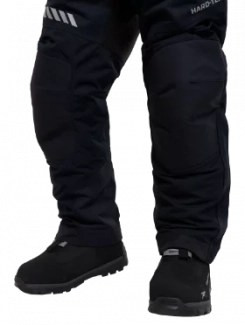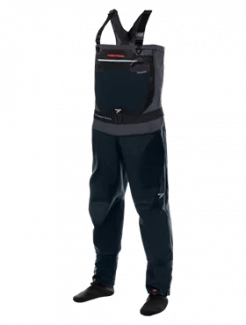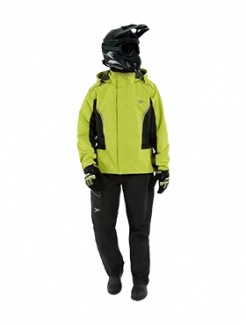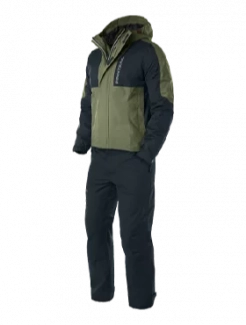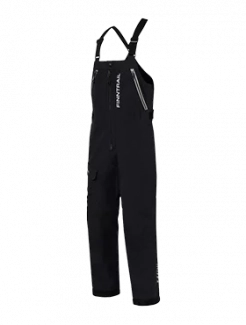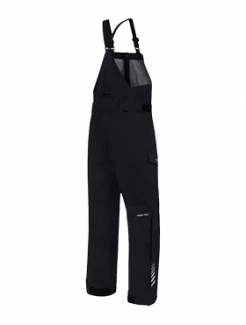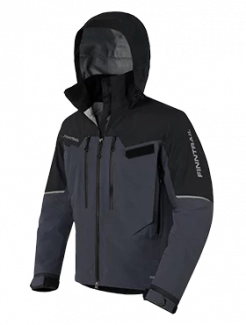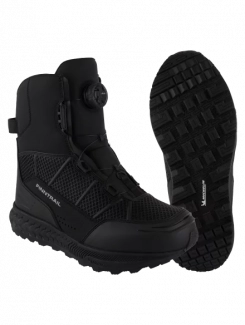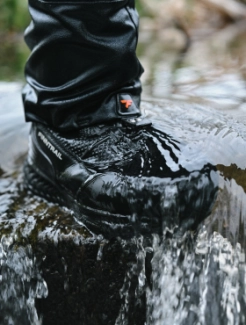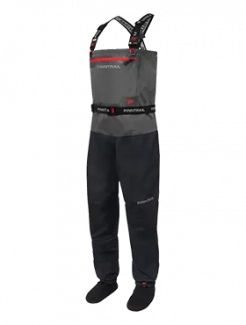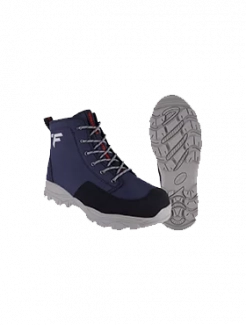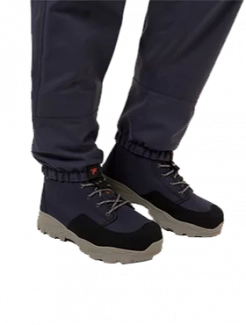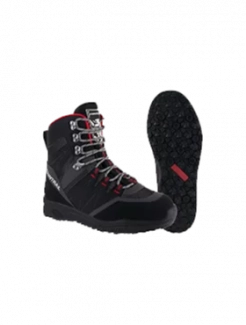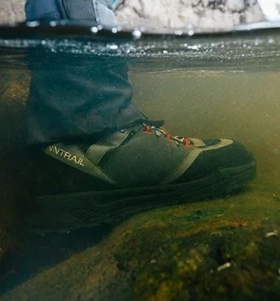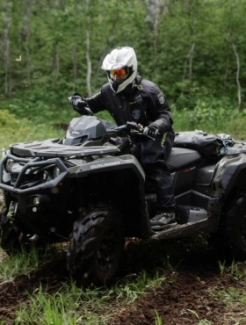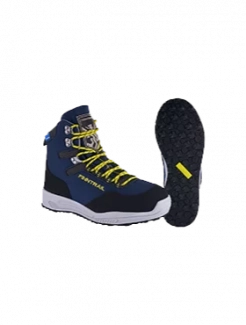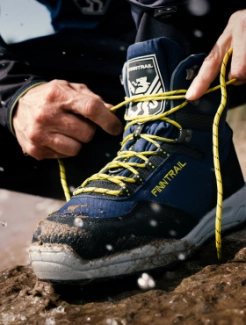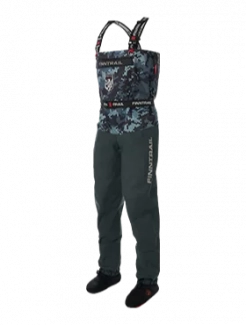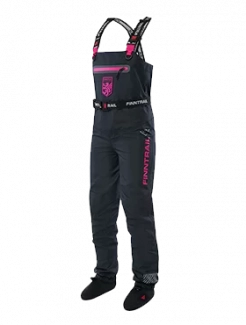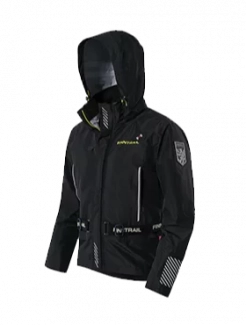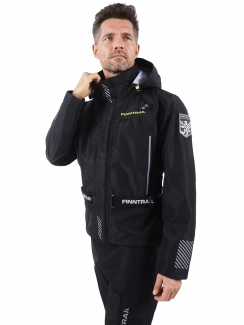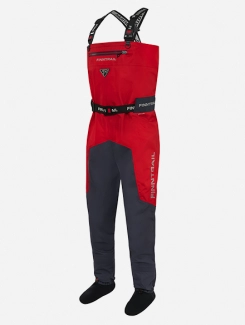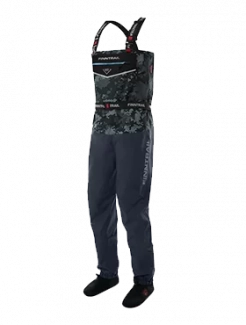How to Choose ATV Ramps
Until you get ready to do it, purchasing an ATV loading ramp might seem like an easy task. Just go, pick up a ramp, and leave. There are a variety of things you need to consider, the material the ramp is made of, the style of the ramp, and the length of the ramp. They determine whether you can safely load your vehicle and how much maintenance your ramp will need. Read this post so you know which of the many ATV ramps you’re looking at are right for you.
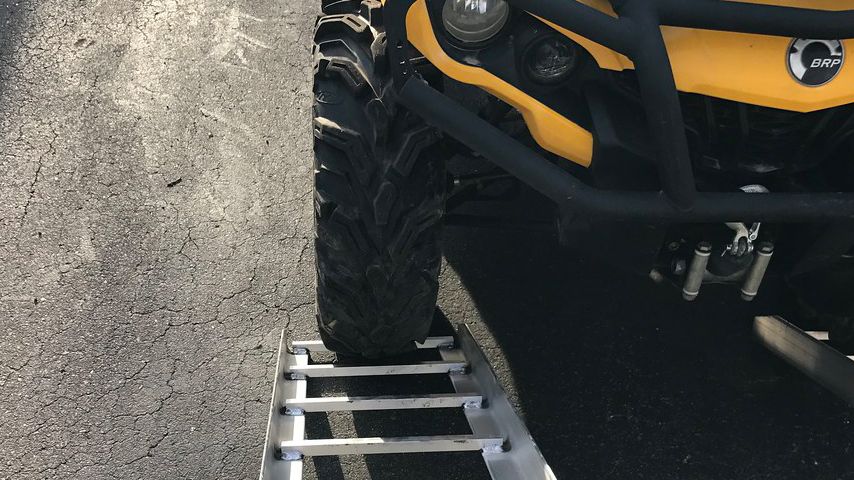
Material
Quad ramps come in steel and aluminum varieties.
Steel is the strongest, so it can carry the most weight. They’re also more likely to take a beating well. The downside to steel ATV ramps is that they are heavy, which makes them harder to haul, and they are prone to rust. You’ll have to maintain these ramps to keep them in good shape, and they may be too heavy for one person to manage.
Aluminum ATV ramps are lightweight, so they’ll be easier to maneuver. They’re also resistant to corrosion and will require less maintenance. The downside is that they can be more easily damaged and may not be sturdy enough for the heaviest ATVs.
Styles of ATV Loading Ramps
Dual-ramp runners
These four wheeler ramps are one of the most popular options because they allow you to load vehicles of varying widths, offer more load capacity, and can be more easily loaded and unloaded on uneven ground. The ramps may or may not be foldable for easier storage. They may be a bit more complicated to use than other ramps because you have to line the two narrow ramps up with your vehicle’s tires.
Bifold ramps
These ramps have one ramp, a sheet of metal for your ATV to ride up. They always fold in half lengthwise for easier storage, and they’re pretty easy to handle. The only downside is that they may be too narrow for side-by-sides.
Trifold ramps
These are like bifold ramps, but they’re wider, and you guessed it, they fold three times. They’re heavier and harder to manipulate, so you may end up with pinched fingers, but they may be what you need for your UTV.
Trailers
Trailers are easier and safer to load and unload because they have a low clearance, and they are the only way you can haul more than one vehicle at a time.
Length
Long ATV ramps are needed for hauling vehicles that are higher from the ground. You can determine what length your ramp needs to be by measuring your vehicle’s wheelbase, or the distance from the centers of both your front and rear wheels, the ground clearance, and the rise of the platform you’ll be loading your vehicle onto (the trailer or truck bed).
Weight
4 wheeler ramps must have enough loading capacity to accommodate the weight of the vehicle and the rider. Calculate the vehicle’s weight, any accessories or storage you’ve added on, the fuel, and the weight of the rider to determine how much your ramp needs to carry. Always overestimate. It’s better to err thinking you need more weight than too little. Buy considerably more than you think you need without buying a trailer you can’t handle. This will ensure you get a trailer that can hold your vehicle, and you’ll probably be able to upgrade to a new vehicle without having to buy a new ramp.
If you’ll be loading multiple vehicles, calculate the weight based on the largest vehicle.
Can You Use Any Ramp That Fits?
It’s unlikely that just any ramp will do. I may not be strong enough. Even if it is strong enough, if it has rungs, the rungs probably won’t be spaced correctly for ATV tires.
Don’t Get Creative
Creativity is an excellent thing, but not applied to ATV ramps. Only use ramps intended for ATVs and only use them as intended. If the manual tells you to do something or not do something, listen. It could mean the safety of yourself, your ATV, or truck.
Choosing Between Ramps
If you’ll be loading and unloading your ATV on uneven ground, you’ll want a dual setup with flexible ramps so both ramps can lay on the ground whether it’s flat or not.
If you’ll be riding in a lot of mud and snow, the best ATV ramps will be models with open rungs that will let water, mud, and debris fall right through.
Find out how many people it will require to use the ramp. The manufacturer should specify. If it requires two people, but you expect to be loading the ramp yourself, you’ll need another ramp.



